Studies have shown that breaking up lessons with physical activity can help children to focus, but what about combining them? Kids are always more excited to learn if it involves a break in the routine, especially if that break involves getting out in the sunshine. Studies are beginning to show that building exercise into lessons may also help improve memory and by extension, grades. Movement-based lessons are especially helpful for kinesthetic learners who may struggle in a more traditional classroom setting.
What better place to start integrating physical activity into lessons than maths? Movement has the most benefit in lessons that involve memory and repetition, so maths is an excellent starting point. Young students often find the topic dull so adding a level of physical movement will hopefully enhance their motivation and engagement with the topics.
To help you start integrating physical activity into your maths lessons, we’ve gathered together some fun and easy maths games to play with your students. It’s essential that students never feel uncomfortable or ashamed if they don’t know the answer to a question. If you notice some of your students struggling, tweak the games so that they are more collaborative than competitive.
Groups
Start by calling out a number and giving students 10 seconds to get into a group that size. Once they are familiar with the rules, start calling out appropriately difficult sums. The group’s number will be the solution (7-3=4 so students get into groups of 4). The answers won’t always fit neatly with the number of students, but the flow of the game makes sure no one is left out.
Stand Up/Sit Down
This is a simple game with flexible rules. If the student thinks the answer is one thing they stand, if they think it is another, they sit. For example, if the answer to a sum is 5 or less, they sit down, if it is more than five they stand up.
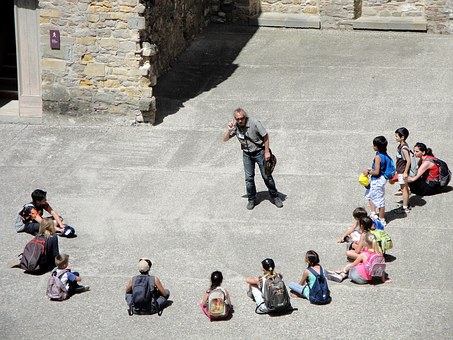
Circle Count
Stand in a circle with your students and get them to count off as quickly as possible around the circle. Increase the difficulty by counting in twos, fives, tens or other factors. A version of this game can also be played by tossing a ball between students across the circle. To get older students more engaged you can also ask them to come up with a sum then the person they throw the ball to has to answer.

Speed Sums
Organise students into pairs. On the count of three, each student must put forward some fingers. They must then calculate the answer. The first to give the answer wins. This game can be adapted for addition, subtraction and multiplication.
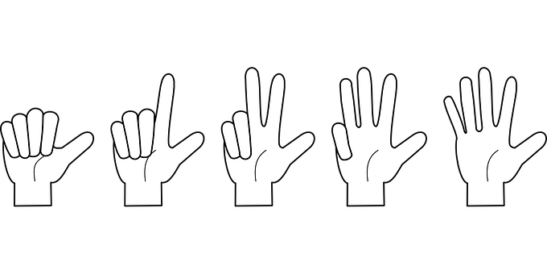
Maths Races
For this game, you will need two boxes with index cards containing the possible answers. To keep it simple make sure all solutions will be 10 or under. Divide your students into two teams. The more space you have, the more the students will have to run so it might be a good idea to take this game outside. Each team will make a line facing their box (placed a reasonable distance away). The teacher will read a problem to the students. The first student in line will run down to their box, locate the card with the correct answer on it, and return to the teacher. The first student back, with the correct answer, scores a point for their team. After every student has a go, the team with the most points wins.
For more ways to integrate maths and physical activity check out Maths ‘n’ Movement. We found some fun ideas for incorporating movement into other subjects here!
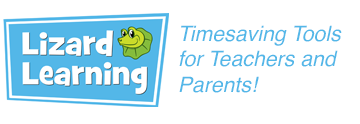
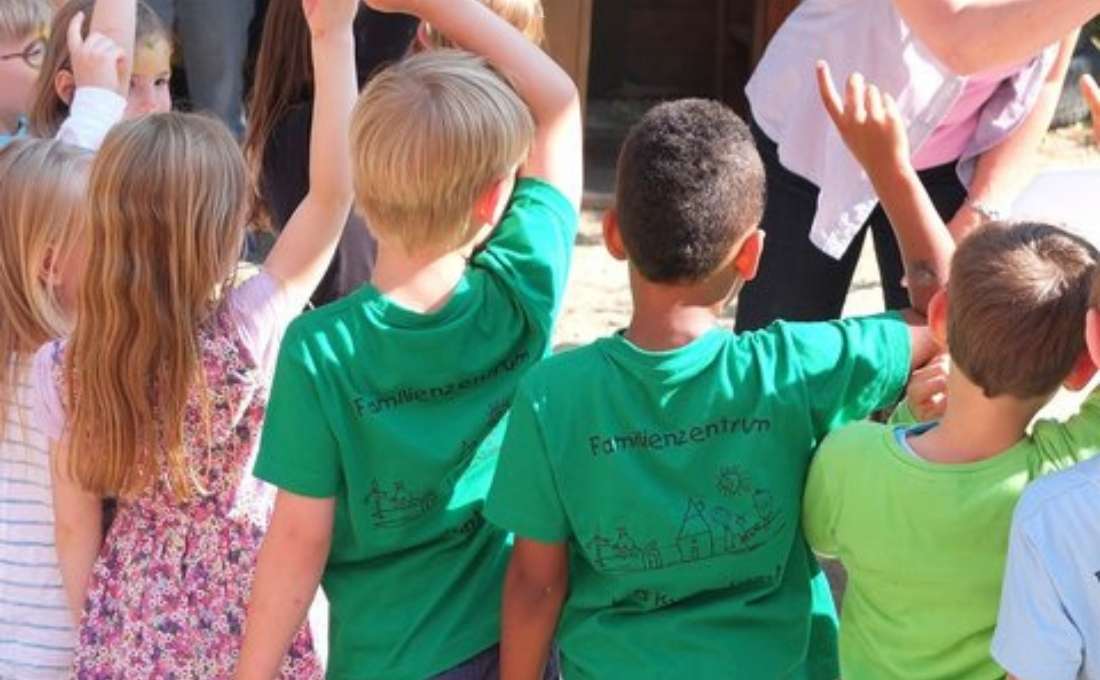
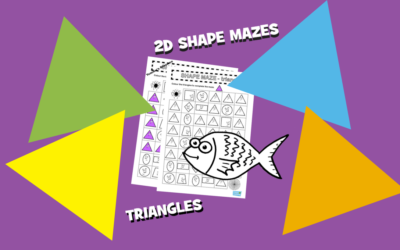
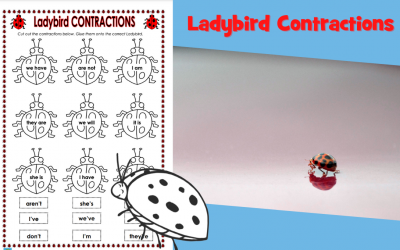

0 Comments